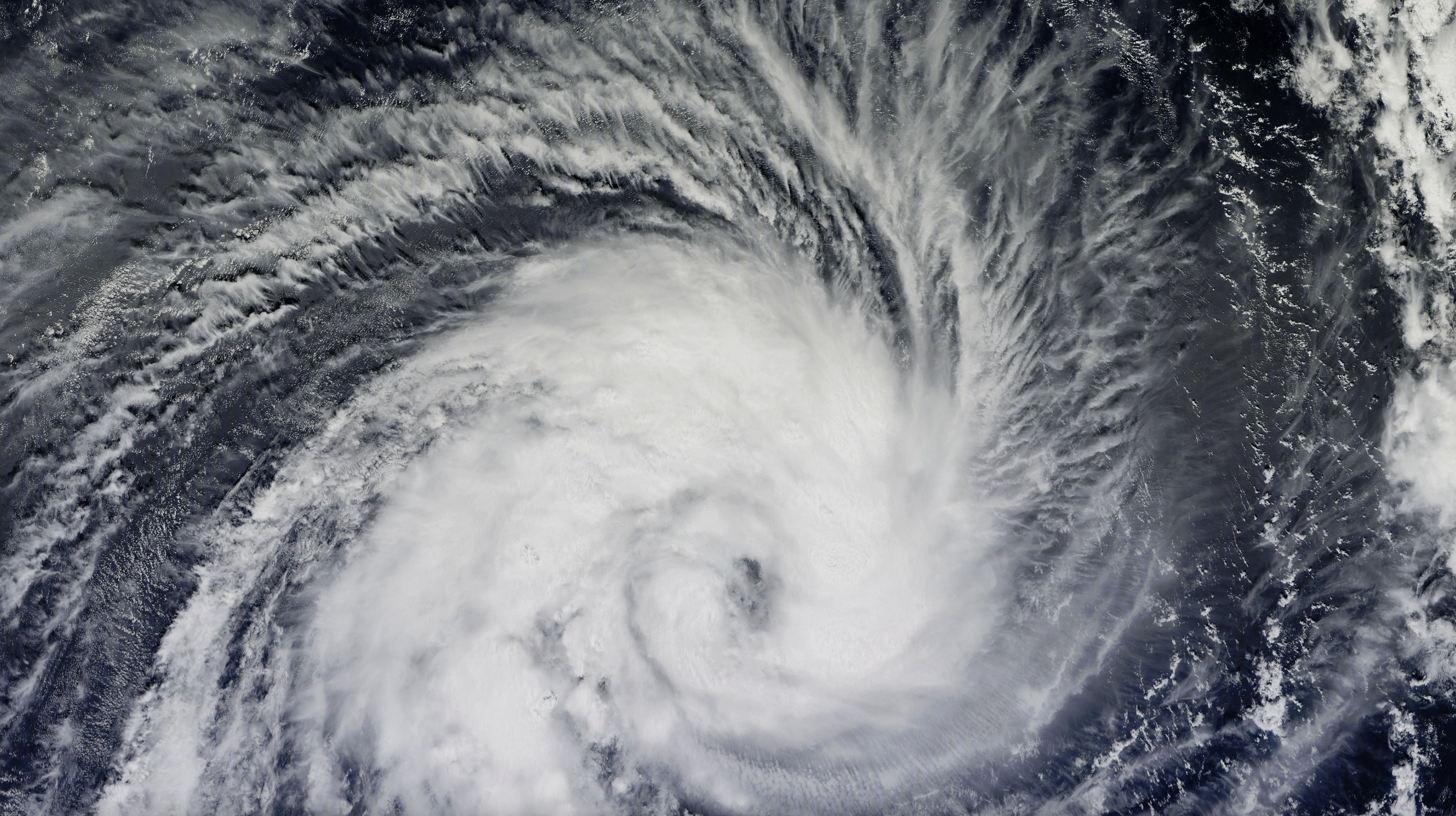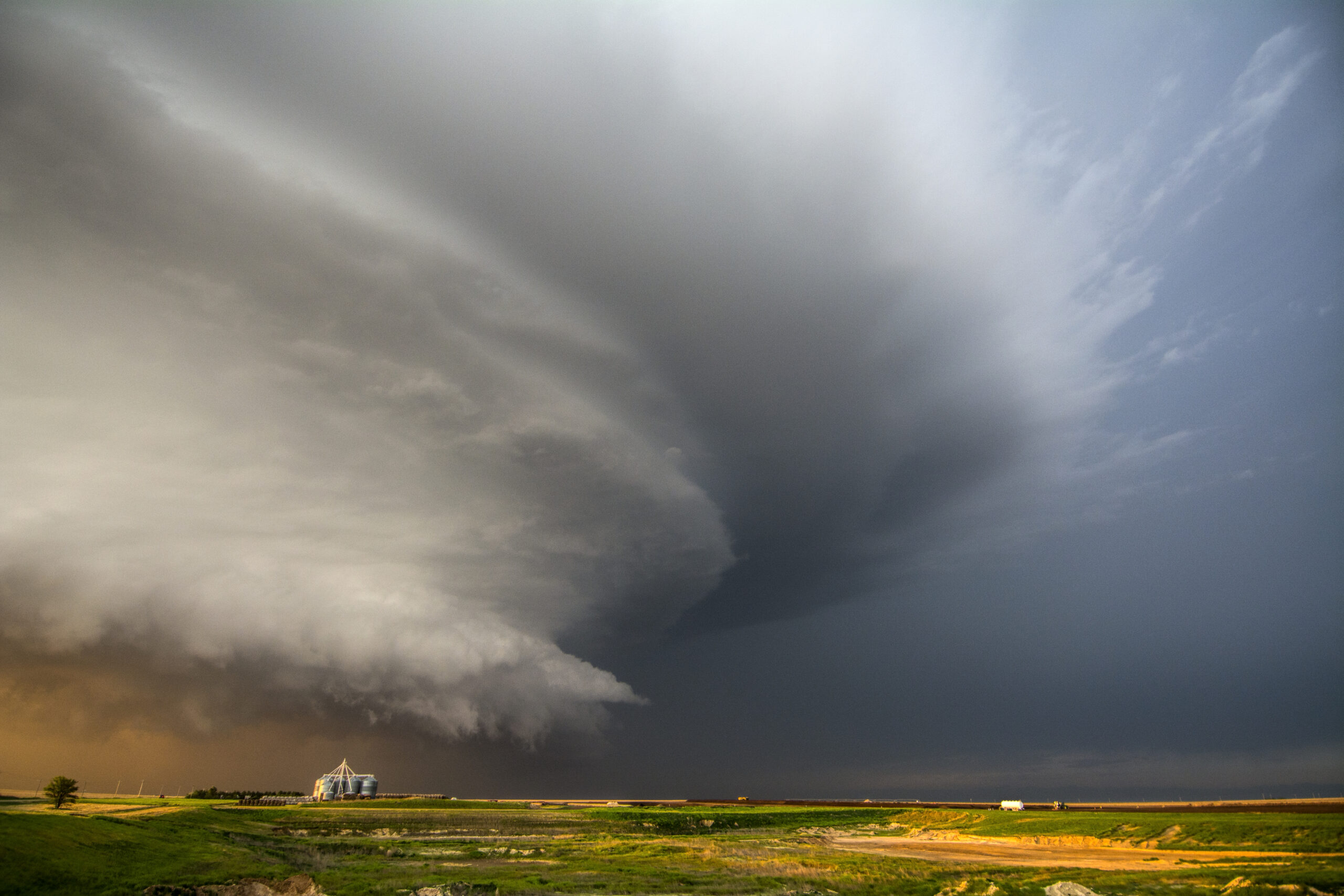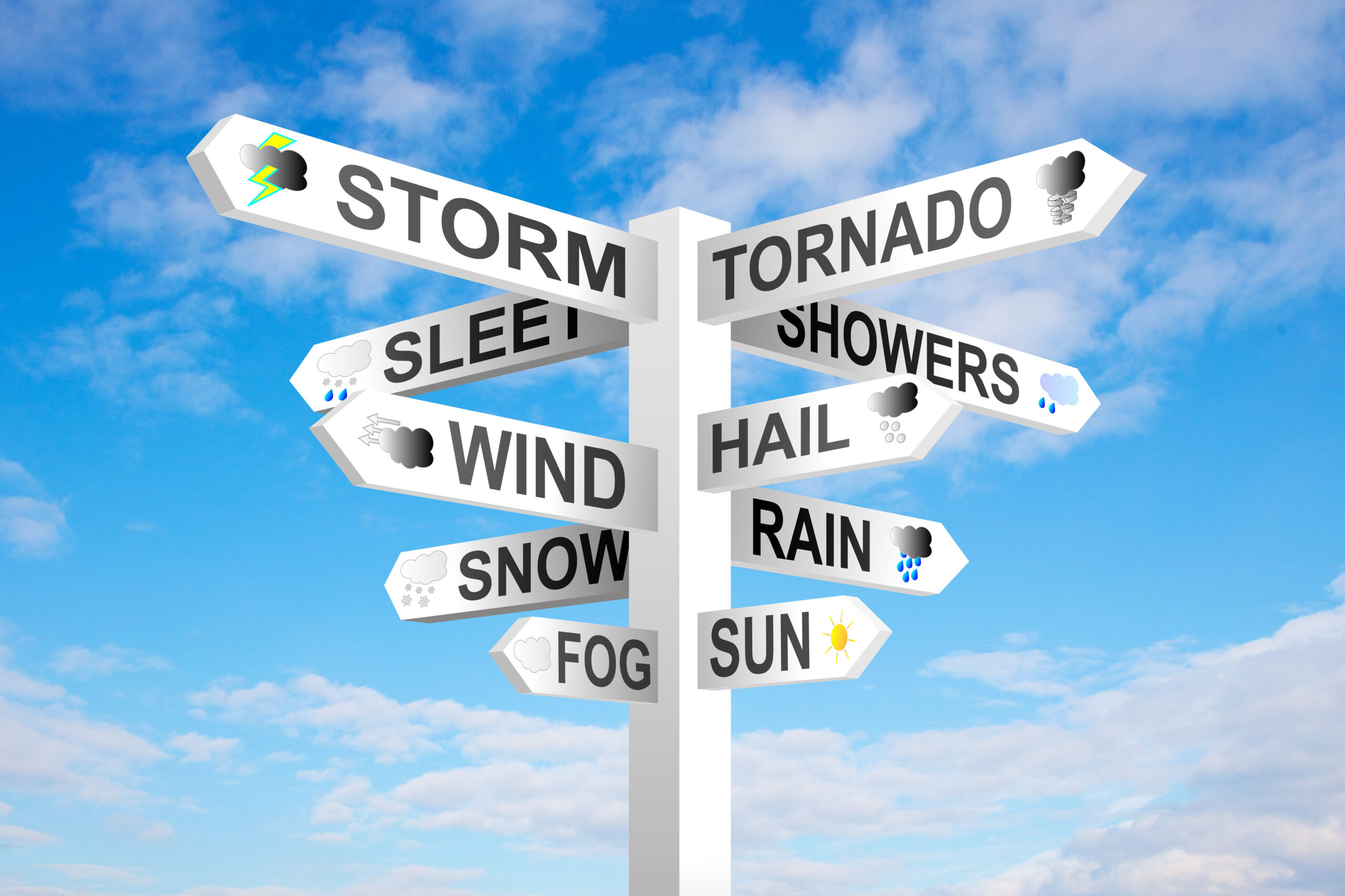Hurricanes are intense storms that can be life-threatening and cause serious hazards such as flooding, storm surge, high winds, and tornadoes. As hurricane season approaches, the most important thing you can do is prepare yourself, your family, and your home.
This guide is intended to help homeowners document and take inventory of their homes before a hurricane or disaster situation occurs. However, this is not the only disaster planning homeowners should do. Additional resources on creating a disaster plan, knowing evacuation routes, etc., can be found online at Ready.gov, Hurricanesafety.org, and nhc.noaa.gov.
PREPARATION TIPS
1. HAVE A PLAN
Hurricanes are among the most powerful and severe weather events, yet 60% of homeowners do not have a disaster preparedness plan. Nearly half say that they have not thought about it, and 45% don’t know what items to have on hand during an emergency. The National Hurricane Center offers resources for creating a family emergency plan and what to include in a disaster supply kit.
2. REVIEW YOUR INSURANCE POLICY
There are two primary insurance policies that protect homeowners from natural disasters: Homeowner’s insurance and flood insurance. On the homeowner’s policy, you must be certain that ‘wind’ is a peril covered under the policy. Be wary; many ‘non-wind’ policies are sold in coastal areas. The price is considerably less, but for good reason. There is no coverage for any hurricane or tropical storm wind coverage on a non-wind policy.
3. REVIEW YOUR DEDUCTIBLE
There is a good chance that your policy will have a specific hurricane deductible. These deductibles typically range from 1 percent to 5 percent, depending on the specifics of your insurance contract. It is important to note that the percentage is based on your insured value, not the damage caused. So if your property is insured for $200,000 and you have a 2 percent hurricane deductible, you will pay $4,000 even if the damage is only, say $10,000. This means you need a plan to cover your share in the aftermath of a disaster.
4. PROTECT YOUR HOME
Boarding up the home or deploying hurricane shutters can reduce the direct loss to a property. If you live in a coastal area, having hurricane shutters and impact-resistant glass are two ways to improve your home’s resilience in a storm. Look around the outside of the property for anything that could turn into a missile in high winds, such as fire pits, outdoor furniture, etc. Bringing those items inside can help prevent them from crashing through your home or damaging the outside.
5. DOCUMENT YOUR HOME’S CONDITION AND TAKE INVENTORY
Should your property suffer damage, proper documentation of the property’s condition (both inside and out) can help ensure a fair claim settlement. Photos and videos of the exterior and interior of the property can serve as a frame of reference during the claim process should there be any issues or questions regarding its pre-damage condition. (The inventory checklist in our guide will help to identify what to take photos and videos of to help you prepare. Download it below. )
BEFORE THE STORM
Hurricanes are among the most powerful and severe weather events found in nature. These fearsome storm systems can originate in any ocean – Atlantic, Pacific, or Caribbean – and pack a punch of 150-170 mph winds. If you had to file a claim, would you be able to list all the contents of your home and their value? Most people don’t realize how much they actually have, and under the stress of a loss, it’s easy to forget critical valuables in your home. The best way to make sure you have adequate insurance coverage is to prepare an inventory.
DOWNLOAD THE PREPAREDNESS GUIDE AND INVENTORY SHEETS
This guide is designed to help you develop such a record. Completing the included pages will help you determine how much insurance should be carried on your personal possessions. This record will be invaluable to you in case of a hurricane. Be sure to store this record off the premises in a safe place, such as a safety deposit box or digitally in cloud storage. Take time to prepare this inventory for your protection. And be sure to keep it current.
INVENTORY TIPS
• Take photos of both individual items in your inventory and an overview of entire rooms. Store the photos in the same place as this inventory, in a secure place away from your home, or in a water-proof safe.
• If possible, include the serial numbers of all items with them.
• If possible, keep all receipts for significant items in your inventory.
• Take photos of closets and drawers open to show quantities of clothing inside.
• When taking photos of a shiny or reflective surface, hold your camera at a 45-degree angle to avoid glare.
• Update your home inventory at least once a year to ensure it remains current.
• Add new items to your home inventory as soon as they are purchased and delete things that have been replaced.
• Before a hurricane makes landfall, take photos and videos to document the condition of the property’s interior and exterior.







